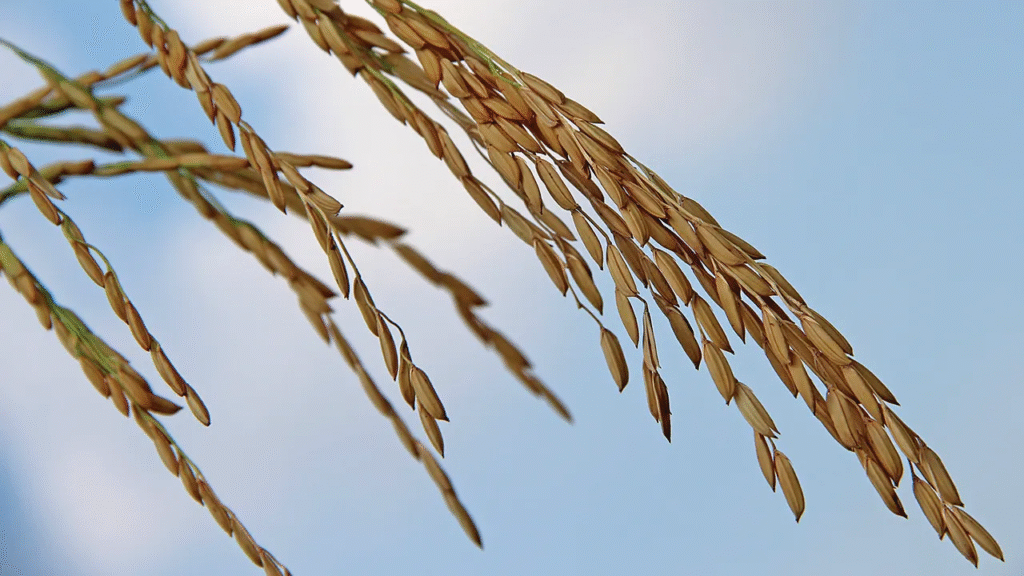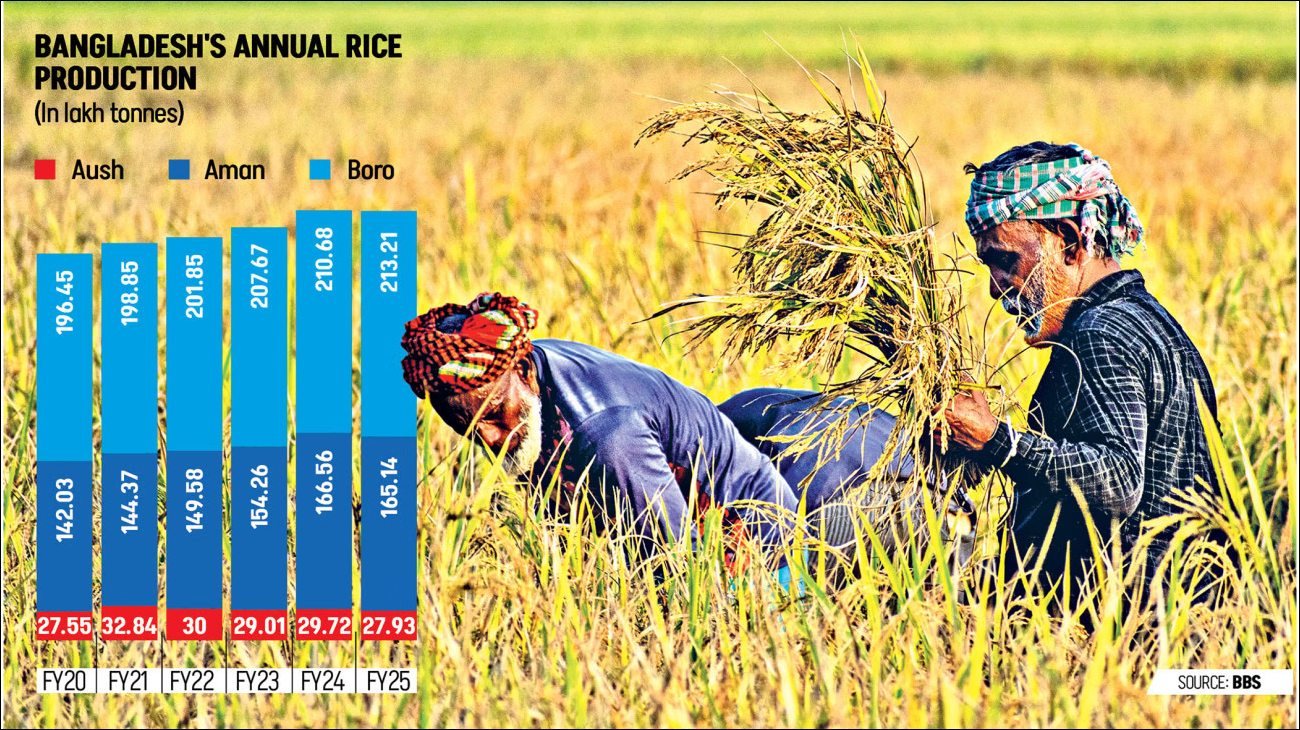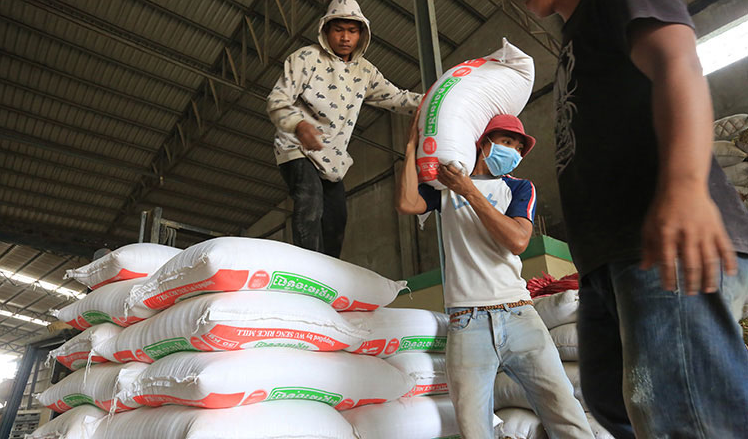Tags
Timely rice shipment provides bright spot amid bleak outlook
Amid challenging market conditions, South Louisiana rice farmers secure premium prices through high milling yields, with expansion plans set for 2026 completion.
Forrest Laws

At a Glance
- First shipment from new Turning Basin facility completed.
- High-milling-yield rice commanded premium pricing recently.
- Multimillion-dollar port expansion planned for completion.
The South Louisiana Rail Facility has shipped 11,000 metric tons of high-milling-yield long-grain rice from what’s known as the Turning Basin of the Port of Lake Charles, La., to Honduras.
The shipment is the first from the Turning Basin location of a multimillion-dollar port expansion that the 150 rice producers who own the South Louisiana Rail Facility are planning to complete in 2026.
The sale of the rice, which left Lake Charles on Oct. 23 and arrived in Honduras on Oct. 28, is the result of efforts by the U.S. Rice Producers Association and its first CEO, Dwight Roberts of Katy, Texas, according to Mark Pousson, general manager of the Rail Facility.
“Dwight and the U.S. Rice Producers Association helped make this happen,” said Pousson, who is also a rice farmer and vice chairman of USRPA. “We’ve developed a close relationship with the buyer. We talk frequently about issues and rice quality. I went to his daughter’s wedding.”
Pousson said the Honduran rice miller has purchased another shipment for delivery in December.
Milling yield
Milling yield was one of the keys to the sale, which comes at a time when U.S. farmers are struggling with low prices, high input costs and shrinking markets in Latin America.
“We guaranteed a 57-pound head rice,” he said. “We were able to do that and better. The boat ended up being a 59-71 milling yield, the total vessel.”
The price was $20.50 a barrel, the common unit of measure in South Louisiana’s rice country. That’s the equivalent of $12.65 a hundredweight. Rice prices have been averaging between $10 and $11 per hundredweight across the Mid-South.
“We were talking with the buyer, and the discussion turned to quality issues,” said Pousson. “I told him we don’t have those problems. I don’t have a 52. You need to buy it from us and let us load it.
“ADM sent us a vessel,” he said. “I got in touch with a stevedore I was comfortable with. We had a conveyor and rented another. We’ve loaded 40 vessels at another terminal in the Port of Lake Charles, so it wasn’t something I was scared to death of,” he said.
Increased competition
Roberts, who was USRPA’s CEO for 23 years, said increased competition from South America is making sales like the ones to Honduras critically important to U.S. rice growers, especially given the market situation in Asia.
“I have spent many years cultivating the Latin American markets for U.S. rice,” he said. “Not only identifying the buyers and key rice contacts in each country but, more importantly, getting to know them and their families through frequent travel, understanding their market needs and, most importantly, developing trust.”
When he was interviewed, Pousson had just finished meeting with contractors and engineers involved in the Port of Lake Charles expansion project, which he expects will be completed in November or December of next year.
“The local energy provider had to approve the 2,000 kilovolt-ampere transformer for the project because it now takes 12 months to get a transformer of that size built, delivered and installed on-site,” he said. “They approved it, so that takes us a step closer.”
Milling quality
Milling yield has become an issue after widespread adverse weather conditions in the spring and summer reduced the milling quality of the 2025 U.S. crop. Southwest Louisiana is one of the few regions that did not suffer a significant decline.
“This has negatively affected demand for U.S. long-grain rice,” said Dennis DeLaughter, a rice marketing analyst who also serves on the USRPA Board of directors. “The data shows a significant downturn in the 2024–25 crop year with exports falling by 14.3 million hundredweight, a 19% decrease from the prior year.
“Although the current estimates for the 2025–26 crop year anticipate an increase of 3.2 million hundredweight year over year, the figure remains well below the export levels achieved in the 2023–24 crop year.”
DeLaughter and Roberts helped author a recent special edition of USRPA’s Rice Advocate titled “The Rice Market Dilemma,” which offered a closer look at the challenges shaping the rice market.
“The current state of the U.S. long-grain rice market raises several pressing questions regarding policy and market dynamics,” it read. “Among those are whether the United States should increase its GSM-102 credit guarantees for rice to alleviate low milling supplies.
“Others include whether regulatory limits should be placed on large speculators who are exerting significant influence over the market by holding extensive short positions and whether there should be restrictions on rice imports from countries where farmers receive substantial government support that ensures profitable production levels.”
The report noted that while cash prices have been in the $10 to $11 hundredweight range for months, most producers need $15.50 to $17 per hundredweight to break even.
“So current prices fall 33% to 40% short, causing significant finance pressure,” it read. “As a result, many farmers are thinking about quitting, while some who want to continue farming face bankruptcy. As a lender said at a recent meeting ‘It is going to be a long winter working to get these guys refinanced.’”
https://www.farmprogress.com/rice/timely-rice-shipment-provides-bright-spot-amid-bleak-outlookPublished Date: November 11, 2025






